When I was a brand new hobbyist, one of the facets of keeping fish I enjoyed most was research. Like most scientifically inclined people, learning about livestock was (and is) something I spent immense amounts of my free time doing.
As I made stocking plans for my first couple of tanks, I found that some of the most beautiful, irresistible species have the red label EXPERT ONLY slapped across their species pages. At the time, of course, I would note that word of caution and avoid falling too deeply in love with those forbidden fish, but over time, as my abilities grew, I would return to research in search of an explanation. What does “Expert Only” mean practically? What does it mean to be an expert? Why are these fish on that impossible list?
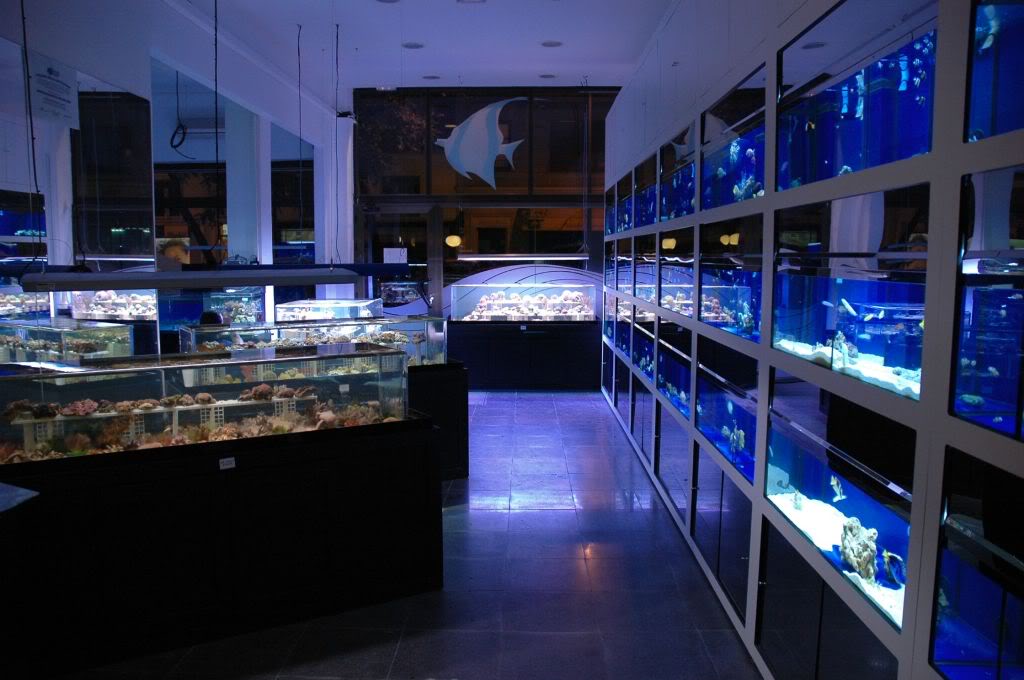
I have come to learn that many fresh hobbyists have exactly the same questions, as it is in our human nature to want what we supposedly can’t have! Time and time again, I see new reef keepers attempt to keep fish that are well beyond their tank’s capacity for care, thinking that eventually, they’ll get lucky and somehow happen upon the exception to the rule. While “Expert Only” doesn’t mean impossible, it does come with a great deal of complications, and we all deserve to know more about what becoming that expert entails.
Today I’d like to take a look at the truth behind that label, and hopefully help shed some light on the realities of caring for a fish on the blacklist. Assigning care difficulty ratings to each species of fish is very helpful, and I imagine it saves a lot of new hobbyists many hours of frustration, not to mention hundreds of dollars in livestock losses. Ultimately, it’s most important for us to understand why these fish belong in the expert care box, allowing us to make a better judgment on whether or not we are up to the challenge.
I would say that a majority of the fish with this label present their greatest challenges to aquarists in the realm of feeding and diet. Whether initiating that first feeding is near impossible or diverse nutritional requirements tend to wear the fish down over time, diet is a factor that can’t be ignored with tricky fish. Some of this frustration boils down to a lack of information, as it takes many years of careful research and observation for science to truly understand the entire nutritional profile of a fish.
The diet and feeding habits of a juvenile may look completely different than those of a mature specimen, and because most fish are caught and placed into aquariums rather young, there’s a lot of ground that we have to gain as far as understanding how nutritional demands change as a fish grows and ages! Many fish that follow this trend, such as certain angelfish, hold such a daunting warning simply because we as aquarists can’t understand what they need past what they seem to enjoy in the first few months of stewardship.
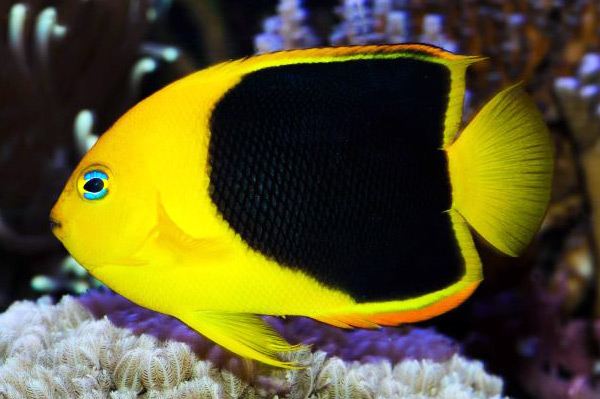
On the flip side, we have all dealt with fish that just never take to eating prepared foods. Method of capture, quality of care during the musical chairs between wholesaler and retail, and stress from so many environmental changes so quickly can be more than enough to push a fish past the point of being able to adapt to new foods. Copperband butterflies, Moorish Idols, and some of the more delicate wrasses are all great examples of this concept- with the right conditioning and intentional feeding, some individuals will be able to adapt to captive life, but the majority, unfortunately, do not boast the same lifespan as they do in the wild.
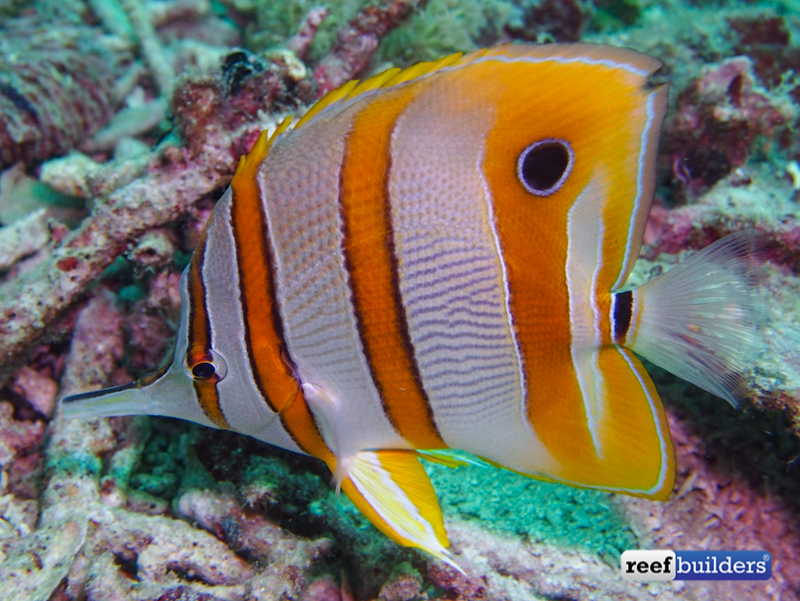
In an entirely different way, some “Expert Only” species require expert-level accommodations. Groupers, eels, sharks, rays, and some of the more predator-type fish fall into this category. While most individuals here are not overly difficult to feed or innately prone to disease, they won’t have much success at all in a system that is not designed to meet their needs. Monster-sized tanks with filtration capacities to match are really the only viable option for a keeper who wishes to explore the husbandry of these fish.
Once settled in, most eels, puffers, sharks, rays, lions, and groupers do fairly well without much fuss, and they tend to grow and eat at pretty exponential rates, thereby confirming their need for extra large tanks. “Expert Only,” it turns out, may not be the perfect term, but an expert level of commitment to long-term success with these animals is certainly a necessity.
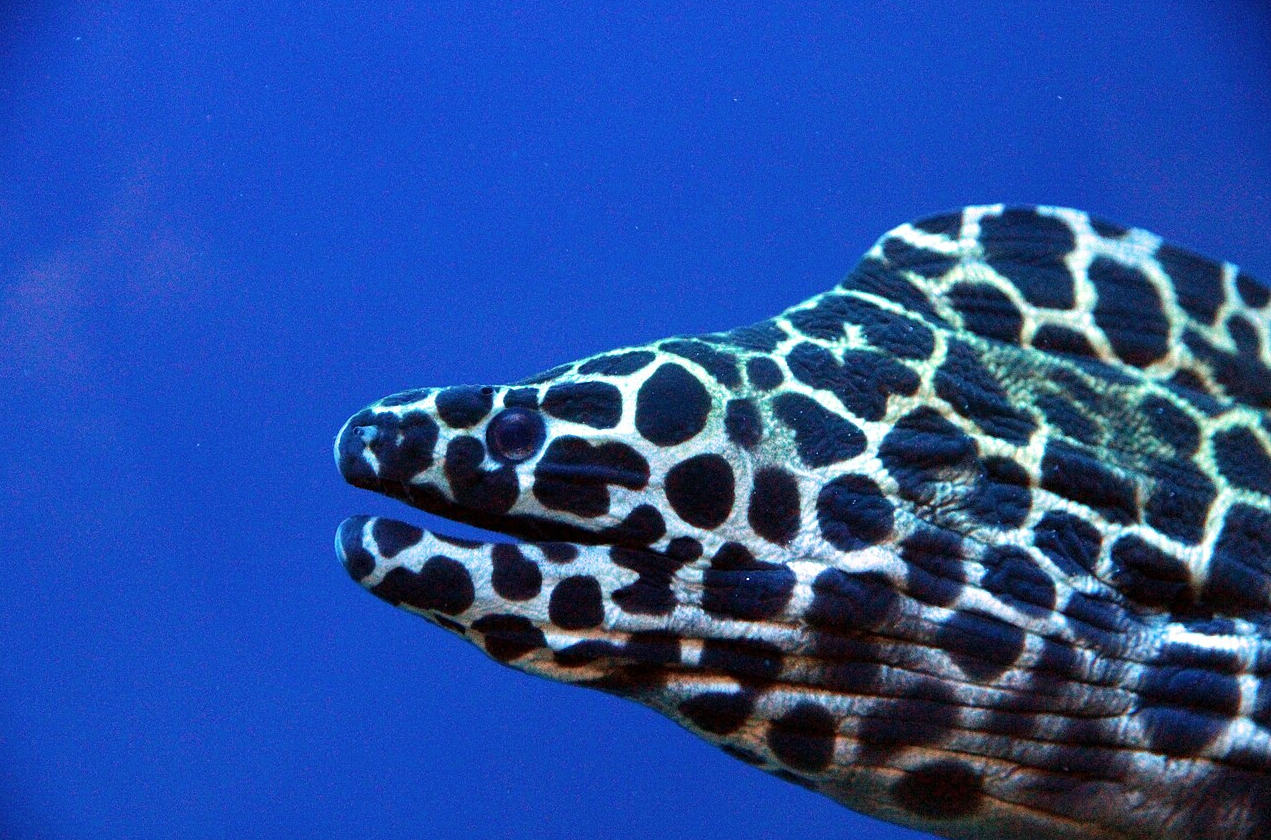
Occasionally, we do come across a fish that doesn’t demand a massive system but still has environmental needs that make or break your chances of success. A perfect example would be the charming Garden Eel. Many of us have seen videos and even portions of nature documentaries about these unique sand-burrowing fish, and very few people are not immediately interested in keeping a school of them. However, they come with a unique set of environmental requirements that are simply not conducive to the mix-n-match setup of the average reef or even fish-only aquarium.
Because they come from vast, rather barren sand strips, and have adapted to burrow into that sand, they need at least 6 inches of fine sand to live in at the minimum. Most of the day, these slender eels stay tucked into their burrow, extending up to 6 inches out of the substrate at times, and it is very rare for them to leave that safe zone. Being pelagic planktivores, they spend all day nabbing food morsels that float by in the current and have no reason or desire to leave their home to pursue a meal.
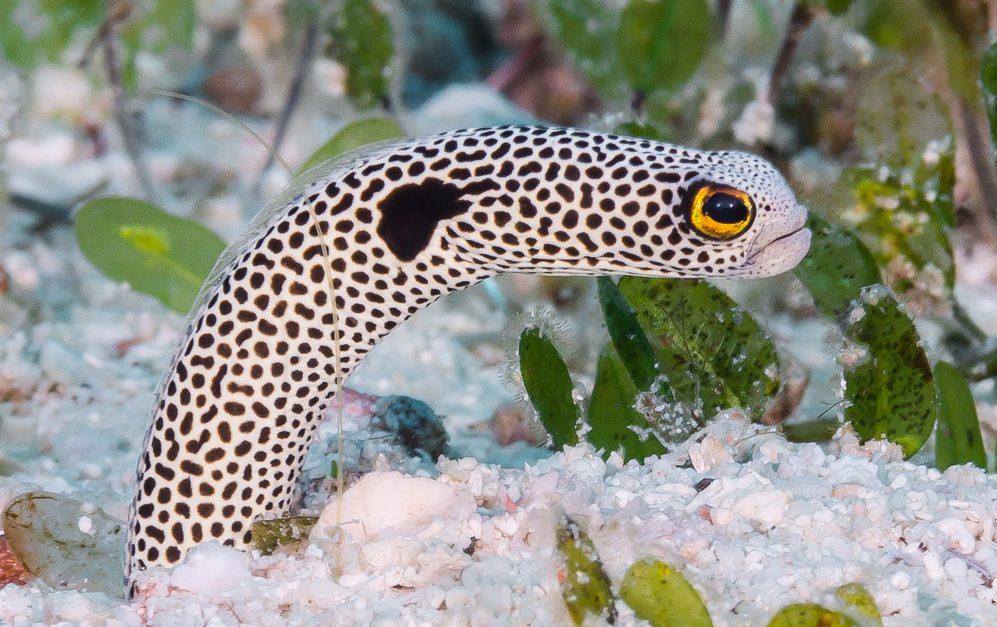
This presents a very specific set of challenges for reef-keepers– not only do we not plan to keep 6 inches of sand in our tanks, but we also have to then arrange for rather frequent feedings that drift by the group of eels. Although they are not picky eaters and don’t need an oversized tank, they simply need accommodations that most hobbyists are unwilling to compromise on. I have seen about a dozen reef keepers attempt garden eels in the last few years, and only one has been able to find success and health for them because he went to the extra effort of creating a deep sandbar area in his tank.
This again begs the question “Is this really an expert-only fish?” Probably not, but surely the expert keepers will be diligent enough to provide what their pets need. Finally, we’ll address the sector of expert-only fish that presents the toughest challenge: parasite collectors. Many advanced hobbyists have attempted with marginal success to keep fish that are almost never completely free of ectoparasites. Typical examples of these fish are the Acanthurus tangs: Achilles, Powder Blue, Powder Brown, and White Cheek tangs.
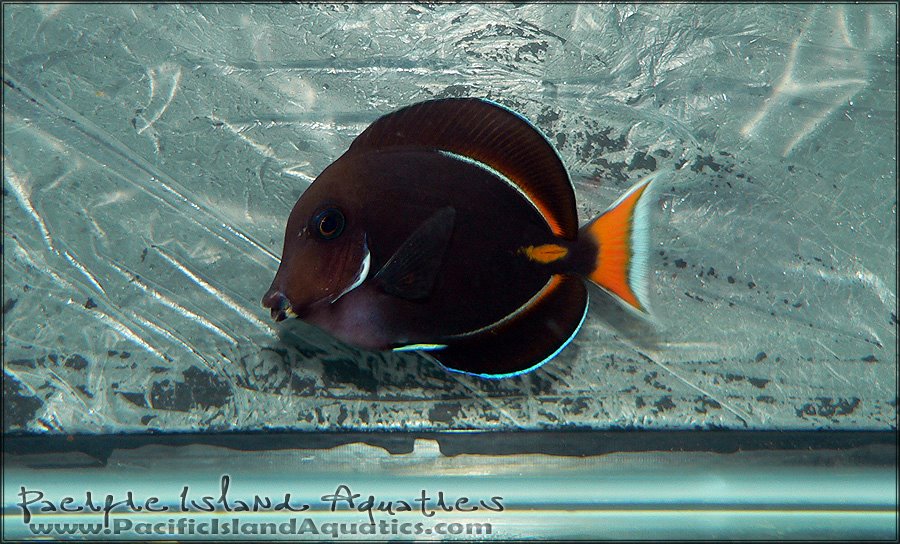
Hippo tangs also dip into these same tendencies, and at the root of this trend, all of these species have a very thin slime coat to thank, which is much more penetrable by most parasites that attach to the fish’s body. Quarantine for these fish doesn’t differ much from a normal protocol with goals of parasite elimination, however, you can’t condition a fish into a thicker slime coat- meaning that if parasites are present in your display tank, even after a thorough quarantine, these tangs are almost guaranteed to be the targets.
Many hobbyists believe that these fish actually carry parasites more than other fish, and while I don’t necessarily agree with that, I will surely admit that they seem to catch them first, and can present a threat by allowing that parasite to grow in population within the tank. These species are not impossible to keep by any means, but long-term success is rare, especially with beginner-level hobbyists. It’s worth noting that many of the species on the top tier of difficulty also don’t deal with the stress and rigor of transport well.
Survivability with most of these species is pretty bleak, in part because of poor shipping success rates. Although they do still require a lot of planning, care, and customization to the routine of your tank, they may end up on that list partially because of such high losses during transit. Getting one successfully into a tank at all is lucky, so it’s fair to say that long-term health is quite an accomplishment. All this said I encourage hobbyists of all levels to engage in some critical thinking about the labels we place upon different species of fish. Taking the challenge at face value, while it is wise, may stall you out on your quest to have the perfect mix of oddities in your tank.
Read the labels, but don’t stop there. Some species may be absolutely impossible for your tank, based on size alone, while others may be worth a shot if you’re willing to carefully condition the fish and acclimate it to captive life. Ultimately, the deciding factor is how much you’re willing to change your tank’s routine and accommodate for your holy grail. Find out what challenges each fish presents, and do the right thing for yourself, your wallet, and the animals, and plan for success when deciding on the right candidates for your slice of the ocean!


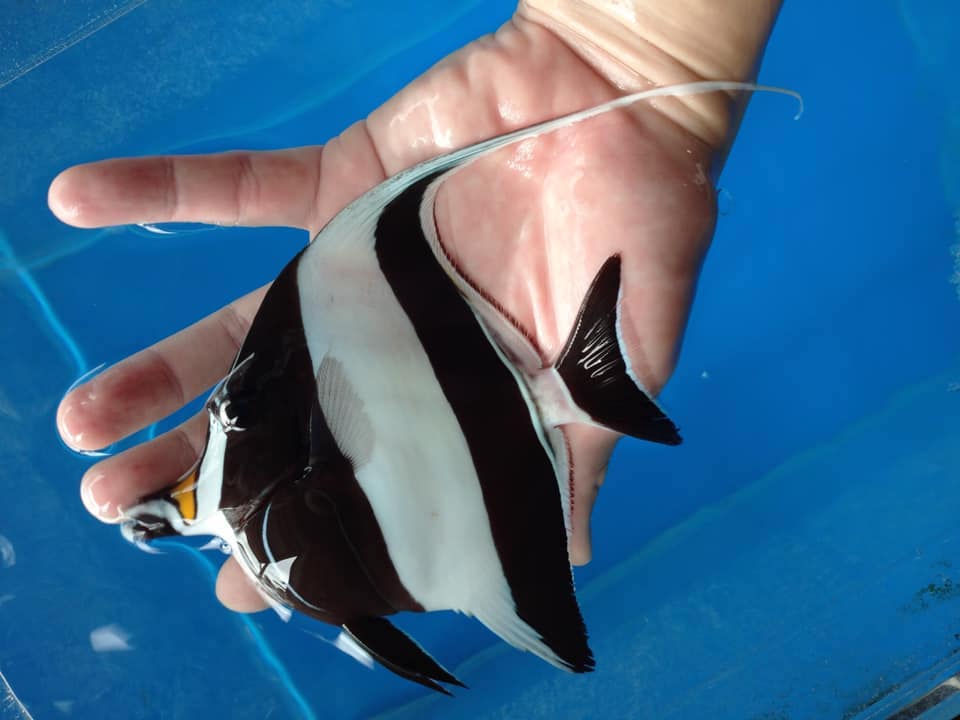

Being a quarantine specialist is it possible to actually have a tank with no ich in it? I believe it is but it requires fallowing and thoroughly quarantining everything.